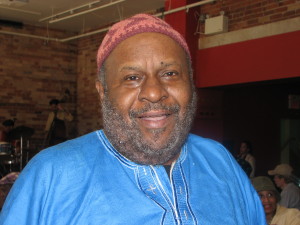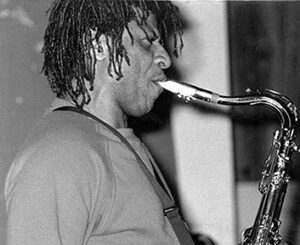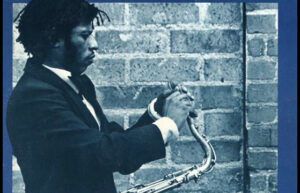
By: Norman (Otis) Richmond
“The police become necessary in human society only at that junction of human society when it is split between those who have and those who ain’t got.”
Omali Yeshitela, Chairman African People’s Socialist Party
Before Black Lives Matter Toronto there was the Black Action Defense Committee (BADC). Sherona Hall, Dudley Laws, Charles Roach, and Lennox Farrell founded BADC). These groups were created to deal with the question of police brutally in the Canadian context.

A Toronto Chapter of Black Lives Matter was organized in 2013. BADC was founded in 1988 in response to the killing of Lester Donaldson a Jamaican born Canadian, which was the last straw in a series of police shootings of Black men in Toronto. B. Denham Jolly who came to Toronto for first time in 1956. Jolly reflected on how the shooting of Buddy Evans, a 24-year-old Nova Scotia born affected Toronto’s Black community.
Evans was shot dead by a police officer in 1978 during a fight at a Toronto disco. This event led to an 11-week inquest and mobilized African Canadians. The government responded by creating a civilian complaints commission pilot project in the 1980s. Jolly tells the story in his award winning memoir, In The Black: My Life.
Little or nothing has recently been written or discussed about the shooting in the 19560s of Garfield Belfon, a 14 year- old Black youth. On the front page of the Nov. 30, 1953 edition of the Toronto Daily Star could have been written in 2023. The headline reads “Charge P.C. As Boy, 14 Shot Died.”
This event took place in the basement of the S.S. White Co. dental building at 250 College Street. The officer, who had never fired his gun on duty before, told detectives that his gun went off when a pile of packing boxes toppled toward him. The bullet hit Belfon in the neck, killing him almost instantly. Press reports repeatedly said that the police officers gun went off accidentally.
It is noteworthy that the Star reported, “Belfon was the second person killed in four months by police gunfire. George Hurst was shot jumping over a fence in an attempted burglary in the east end. Constable Earl Snyder charged as manslaughter was freed at the preliminary hearing.”
Three other youths were found in the building at the same time as Belfon. Frank Fuzz, George Marshall and Douglas Richardson; all 16 were charged with shop breaking. Many will know Douglas as Dougie Richardson who went on to become one of Canada’s foremost jazz artists. The Toronto Star’s Ashante Infantry wrote in Richardson’s 2007 obituary: “A veteran who’d worked with stellar acts such as Freddie Hubbard and the O’Jays. Richardson was best known as co-leader of the award-winning hard bop group Kollage with boyhood pal drummer Archie Alleyne.”

Dougie’s father Sam Richardson was a legendary Track and Field athlete. At 15, in London’s Commonwealth Games in 1934, he won his gold medal in the long jump with a leap of 23 feet 8 inches (7.21 metres), and silver in the triple jump. I wrote an article about Richardson for the Globe and Mail in 1983. The late Gwen Johnston reflected on this historical event. I wrote: “Gwen Johnston, a co-proprietor of Third World Books and Crafts and Richardson’s first cousin, remembers how Toronto’s small but enthusiastic black community reacted to Richardson’s victory when he returned. Says Johnston: “You couldn’t get to him, the crowd was so great at Union Station. The community welcomed their young son home. We had a big reception for him at a place called Belvin Hall, which was on College near Spadina. I’ll never forget it.”
A historical event took place on February 15th. A Street in downtown Toronto was named Sam Richardson Way. That day also happened to be Richardson’s oldest son Norman Richardson’s 80th birthday.
Bromely Armstrong came to Canada from Jamaica in 1947. Armstrong remembers the merits and demerits of living in Canada. There were issues with the police when he came here. He talks about this in Bromley Memoirs of Bromley L. Armstrong by Sheldon Taylor. Says Armstrong: “Before the Buddy Evans shooting, some police officers allegedly would abuse and brutalize minorities and First Nation’ peoples. However, in such instances care seemed to have taken by those police officers to ensure that their somewhat racially motivated actions were not fatal. This was not the case with the 1950s Belfon shooting.


